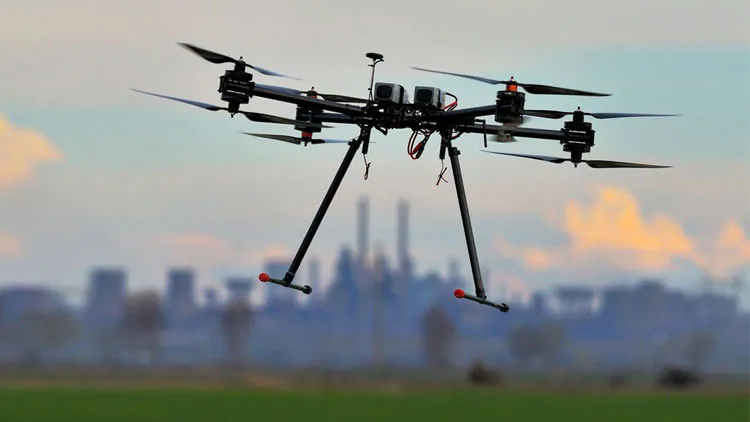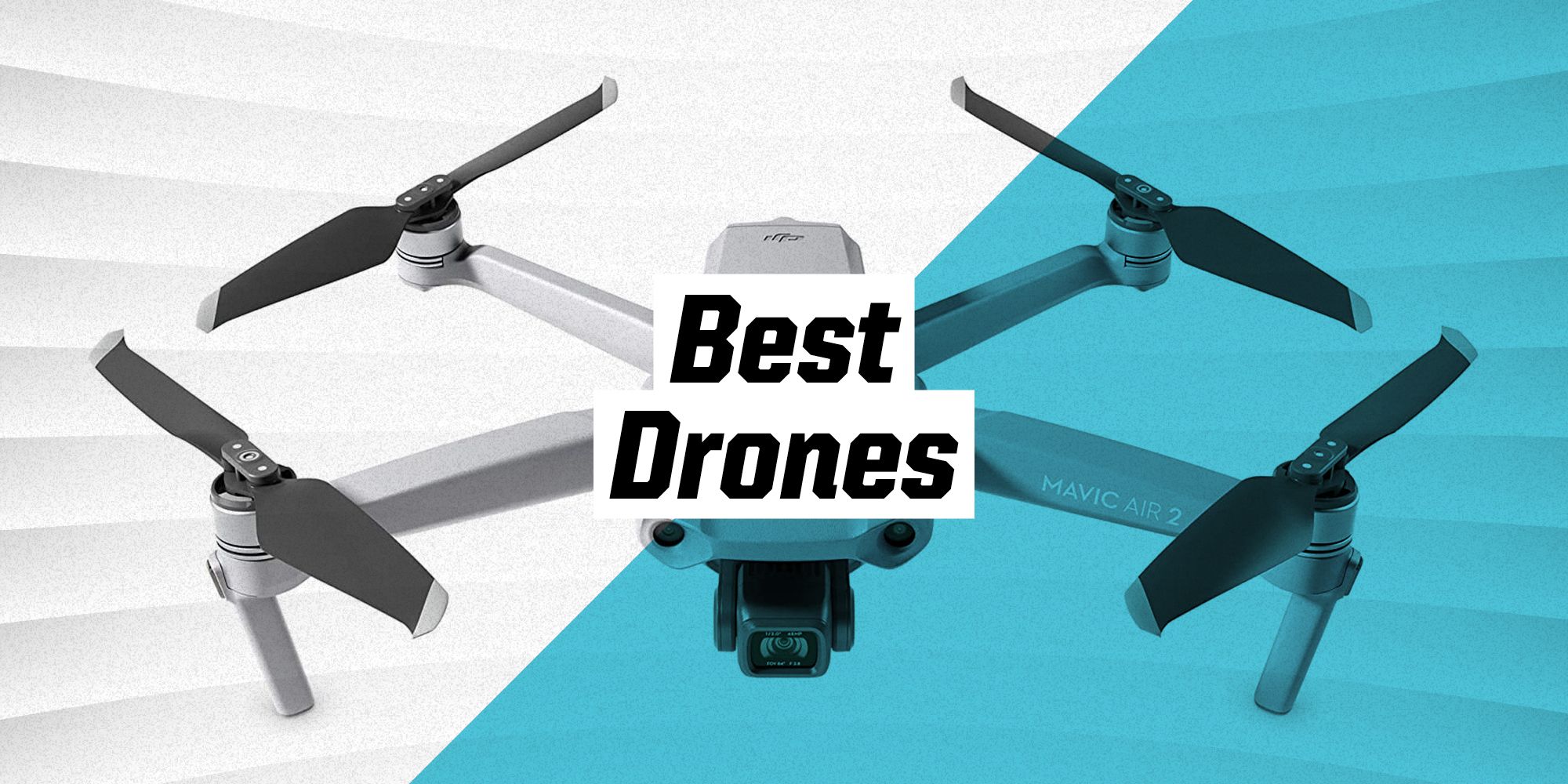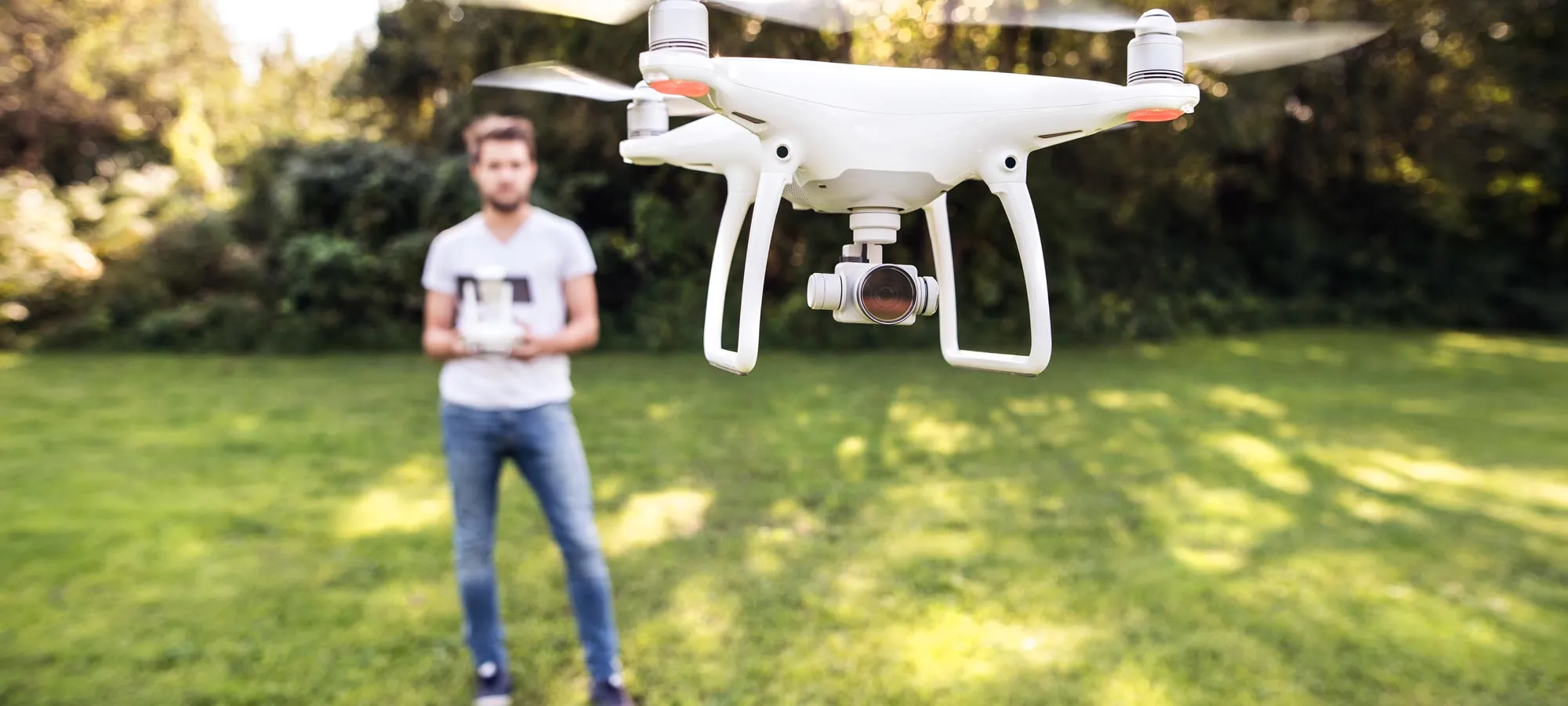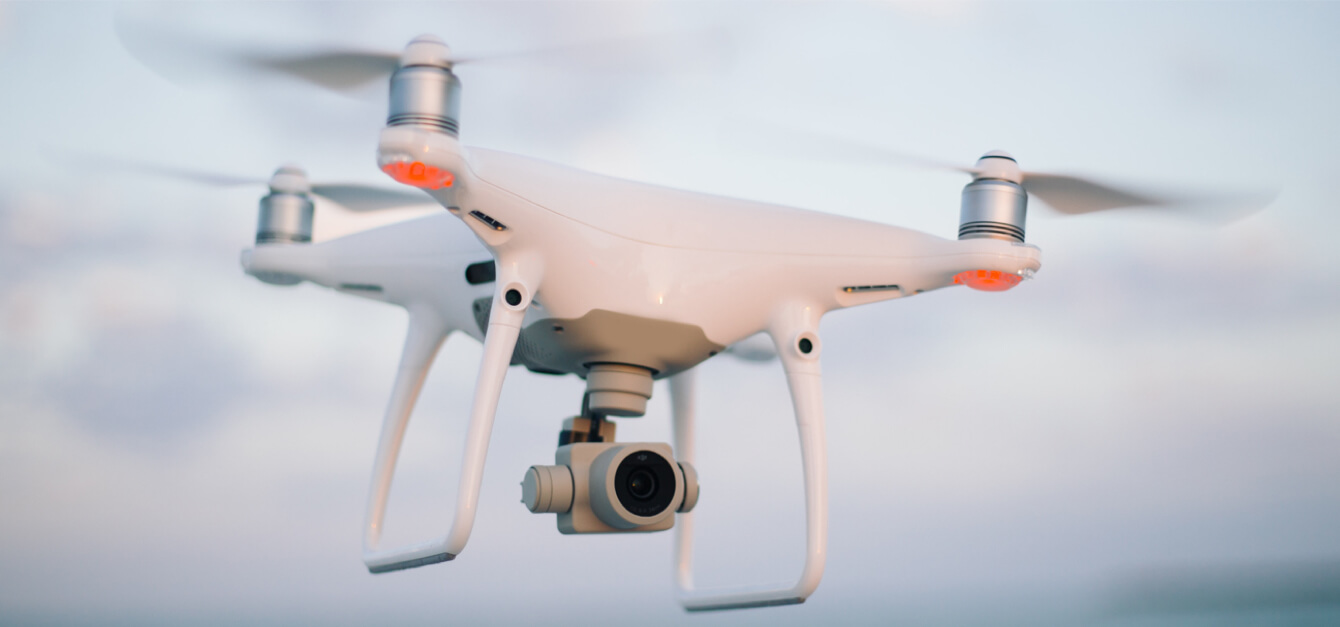
Are you ready to soar through the skies and unlock a world of possibilities with commercial drones? Get ready to experience an exhilarating journey beyond aerial photography as we unveil the untapped potential of these mighty machines.
From delivering packages at lightning speed to inspecting infrastructure in hard-to-reach places, commercial drones are revolutionizing industries across the globe.
Join us as we delve into this exciting frontier and discover how these versatile wonders reshape our future in ways we never imagined possible. Buckle up because it’s time to take flight into a new realm of innovation!
Introduction to Commercial Drones
As the popularity of drones continues to soar, more and more businesses are starting to explore the potential of using these uncrewed aerial vehicles (UAVs) for commercial purposes.
While most people think of drones as being used for photography or videography, they have a wide range of potential applications in the business world. From delivering goods and services to conducting inspections and surveys, there are many ways companies can use drones to improve their operations.
Of course, before you can start using drones for your business, you need to make sure you are familiar with the various laws and regulations governing their use. In addition, it is essential to understand how to operate a drone safely and efficiently.
This section will provide an overview of the basics of commercial drone use, including the different types of drones available and the various applications they can be used for. We will also discuss some legal considerations of using drones for business purposes.
Advantages of Using Commercial Drones
The use of commercial drones is not limited to aerial photography. There are several advantages to using commercial drones in various industries. Below are some of the most notable benefits:
1. Increased Efficiency and Productivity
Commercial drones can be used to increase efficiency and productivity in various industries. For instance, they can be used for agricultural purposes, such as crop mapping and surveying, which can help farmers save time and money. They can also be used for construction projects, assisting with site inspection and material delivery tasks.
2. Cost-Effective
Another advantage of using commercial drones is that they are cost-effective. Compared to traditional methods, such as hiring an airplane or helicopter, drones are much more affordable. In addition, drones can often do the job of multiple workers, which further reduces costs.
3. Safer Work Environments
Another benefit of using commercial drones is that they help create safer work environments. This is because drones can be used for tasks that would otherwise be dangerous for humans, such as inspecting power lines or bridges. Additionally, because they are unmanned, there is no risk of injury to workers.
4. Improved Customer Service
Using commercial drones can also improve customer service. This is because they can be used to deliver products or services directly to customers’ homes or businesses. This is especially beneficial for companies that operate in remote areas or need help reaching their target market.
Overall, the use of commercial drones offers numerous advantages for businesses. Not only are they cost-effective and safer than traditional methods, but they can also provide increased efficiency and productivity and improved customer service. As such, many businesses are beginning to incorporate drones into their operations.
Different Types of Drone Applications
1. Agricultural applications: Drones are used in agriculture for tasks such as crop mapping, crop spraying, and livestock monitoring.
2. Infrastructure inspection: Drones inspect bridges, power lines, pipelines, and other infrastructure.
3. Search and rescue: Drones are being used to assist in search and rescue operations.
4. Environmental monitoring: Drones monitor environmental conditions like air quality and wildlife populations.
5. Delivery: Drones are being explored for use in package delivery.
Uses of Drones in Agriculture
The use of drones in agriculture is a concept that has been introduced previously. Farmers have used them for years to help with crop dusting, irrigation, and even herding livestock.
However, the use of commercial drones is still in its infancy, and there is a lot of untapped potential for their help in agriculture.
One of the most promising applications of drones in agriculture is precision farming. Precision farming is a type of farming that uses modern technology to increase yield and efficiency while reducing inputs such as water, fertilizer, and pesticides.
Drones can be used to collect data on things like crop health, soil moisture levels, and pest infestations. This data can then be used to make more informed decisions about things like irrigation and pesticide application.
Another potential use for drones in agriculture is crop mapping. Crop mapping is the process of creating a field map showing the location of different crops.
This information can be used to optimize planting patterns, study the effects of other fertilizers or pesticides, and even track the progress of a crop over time.
Drones can also be used for crop monitoring. Crop monitoring is tracking the growth and development of a crop to identify problems early on. This information can improve yield, reduce inputs, and even avoid disasters such as frost damage or pest outbreaks.
Uses of Drones in Construction and Mining
The use of drones in construction and mining is still in its infancy. Still, there are already several ways these uncrewed aerial vehicles (UAVs) are being used to improve efficiency and safety in these industries.
One of the most common uses of drones in construction is surveying land. Traditional surveying methods can be time-consuming and expensive, but using a drone to capture high-resolution images and data is much quicker and more cost-effective. This data can then be used to create 3D models of the site, which can be used to plan out the construction project and track progress.
Another way drones are being used in construction is for inspecting hard-to-reach areas. Drones equipped with thermal cameras can check for structural defects or leaks that would otherwise be difficult or dangerous to review manually. This helps improve safety on construction sites and reduces downtime due to repairs.
In the mining industry, drones are used for various tasks, such as mapping terrain, inspecting mine shafts, and monitoring environmental conditions. Using drones allows miners to gain a better understanding of the layout of a mine before starting work, which helps them to avoid potential hazards. Drones can also monitor air quality and other environmental factors inside mines, which helps keep workers safe from harmful conditions.
Uses of Drones in Real Estate
There are several potential uses for drones in the real estate industry beyond taking aerial photographs. For example, drones can inspect properties, including hard-to-reach areas like roofs.
They can also be used to create virtual tours of properties, giving potential buyers a birds-eye view of the property before they even step foot on it.
In addition, drones can be used for security purposes, such as monitoring remote properties or keeping an eye on construction sites. And with the advent of autonomous drone technology, companies are exploring the possibility of using drones for deliveries, such as bringing packages or documents to a property.
As you can see, there are several ways that drones can be used in the real estate industry – and we’re only just scratching the surface. With the continued development of drone technology, the sky is literally the limit when it comes to their potential uses in this industry.
Uses of Drones in Insurance
Commercial drones are quickly becoming a valuable tool for insurance companies. Drones can assess damage after a natural disaster, investigate possible fraud, and even help with claims processing.
Insurance companies are often inundated with claims after a major storm or another natural disaster. Drones can quickly and efficiently survey the damage, helping speed up the claims process.
They can also be used to investigate suspected fraud. For example, if someone files a claim for damage that appears to be caused by a hurricane, but there is no evidence of wind damage in the area, a drone can be sent to take a closer look.
Drones can also be used to help with claims processing. For example, if someone files a claim for water damage, a drone can be used to take pictures of the affected area. This can help the insurance company determine whether the policy covers the damage and how much should be paid.
Commercial drones offer a lot of potential for insurance companies. They can help with assessment and investigation after disasters, assist with claims processing, and even help prevent fraud.
Exploring the Legal Aspects of Drone Usage
Commercial drones have been used primarily for aerial photography and videography. However, drones have many other potential uses in the commercial sphere. As drone technology continues to evolve, so too do the legalities surrounding its usage.
Several regulations must be taken into account when using drones commercially. The Federal Aviation Administration (FAA) regulates all aircraft in the United States, including drones. To use a drone commercially, you must obtain a Certificate of Waiver or Authorization (COA) from the FAA.
The COA process can be time-consuming and expensive, but ensuring that your drone usage is legal is necessary. Several state and local laws may apply to your drone usage, so it is essential to research these laws before operating a drone.
While the legalities surrounding drone usage may seem daunting, many ways exist to use drones legally and safely. By understanding the regulations and taking the necessary steps to obtain a COA, you can ensure that your drone usage complies with the law.
Conclusion
Commercial drones are rapidly becoming an increasingly important tool for businesses to explore. From aerial photography to transportation and delivery of goods, drones offer a wide range of potential applications that make them valuable asset in any business strategy.
With the right knowledge and resources, businesses can use this new technology to uncover untapped opportunities and gain a competitive edge. We hope this article has provided some insight into how you can begin using commercial drones as part of your business operations.








